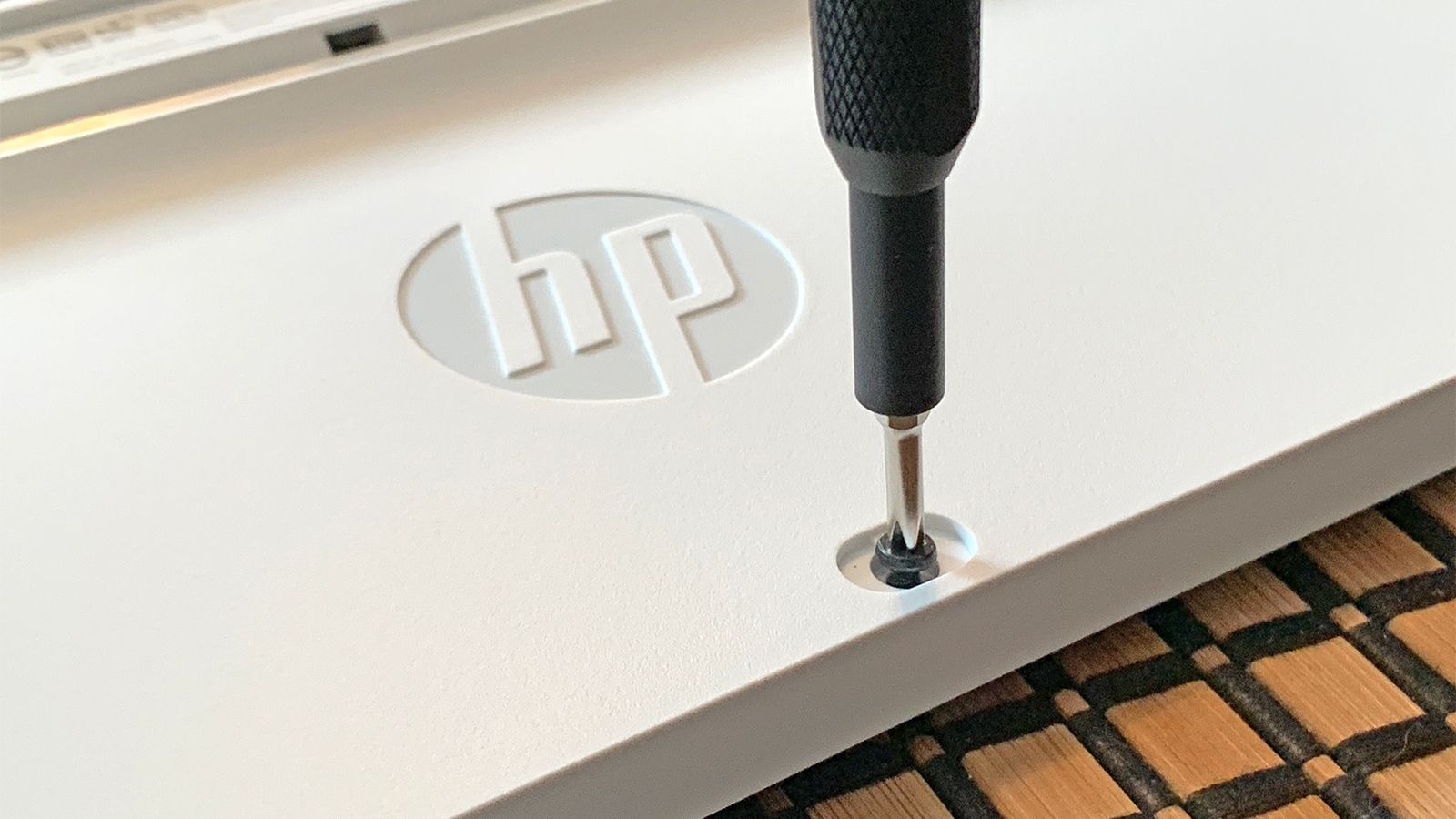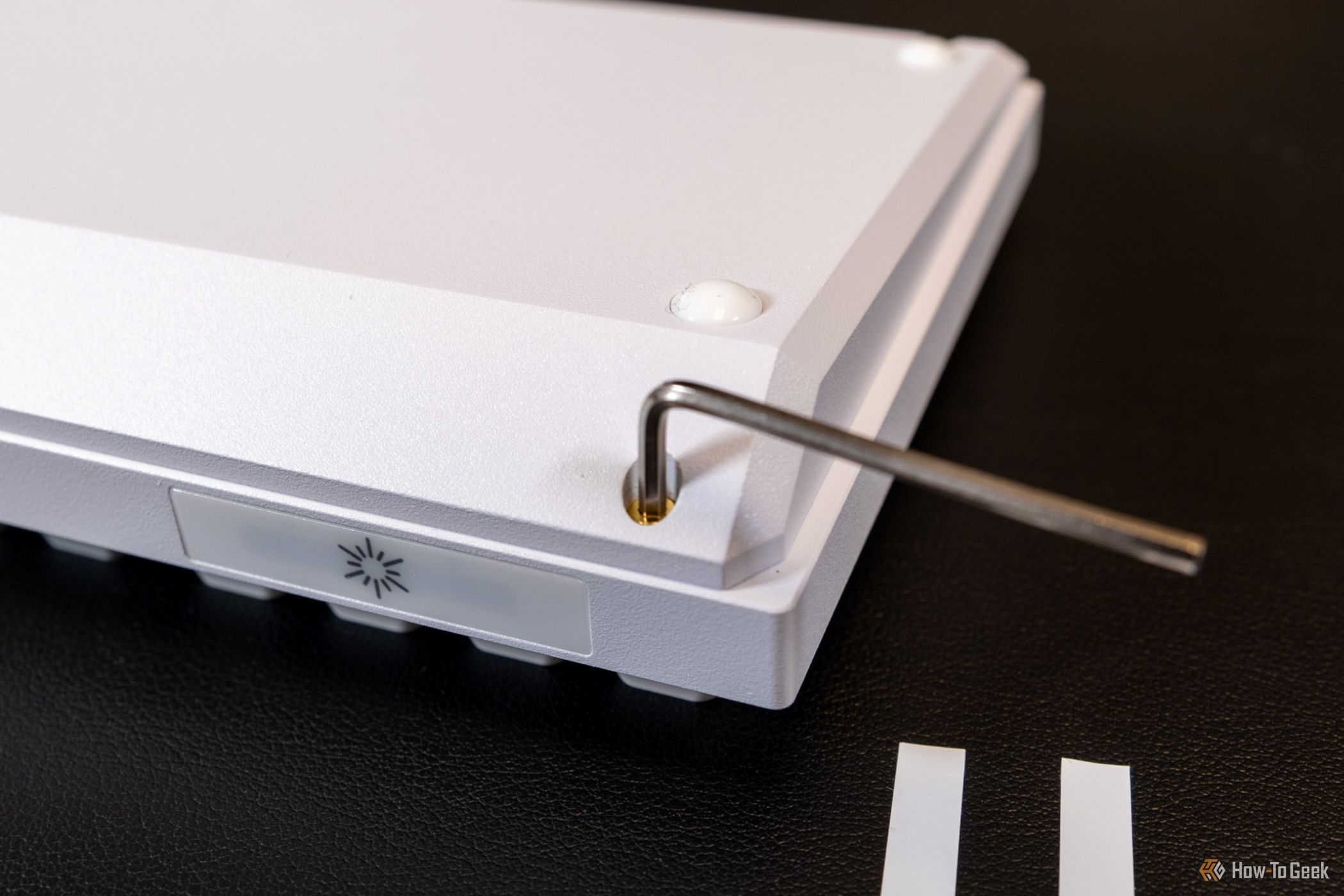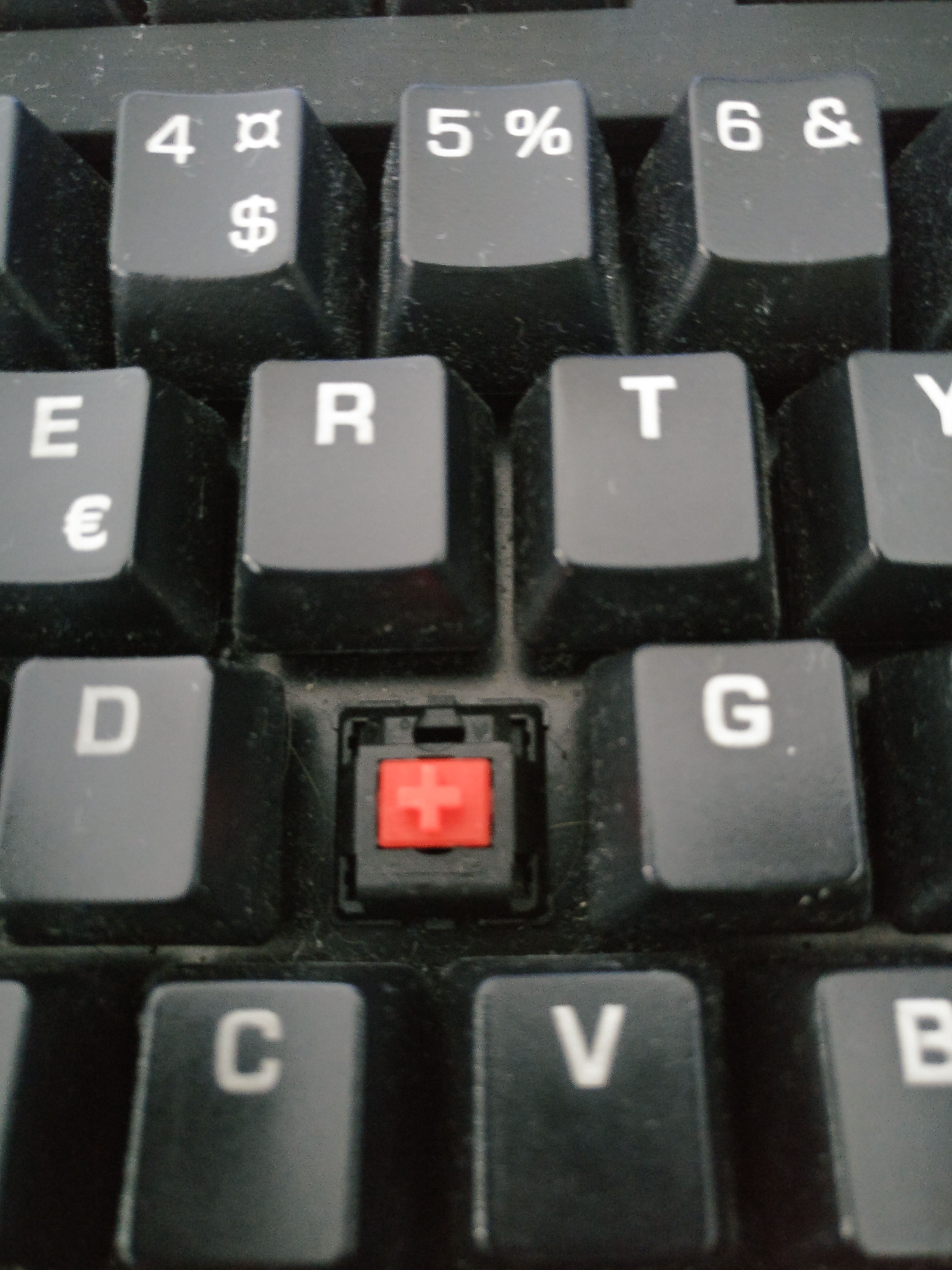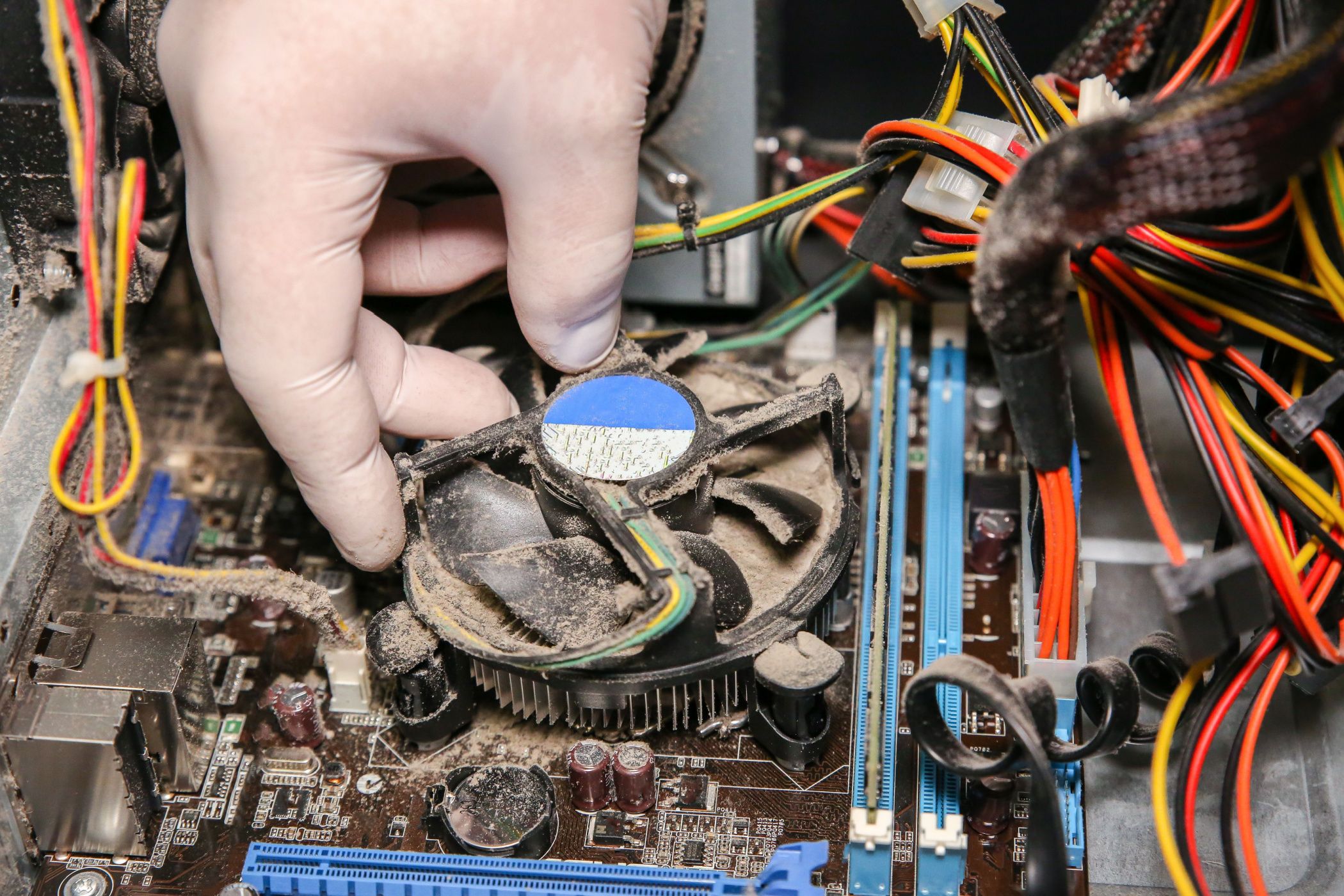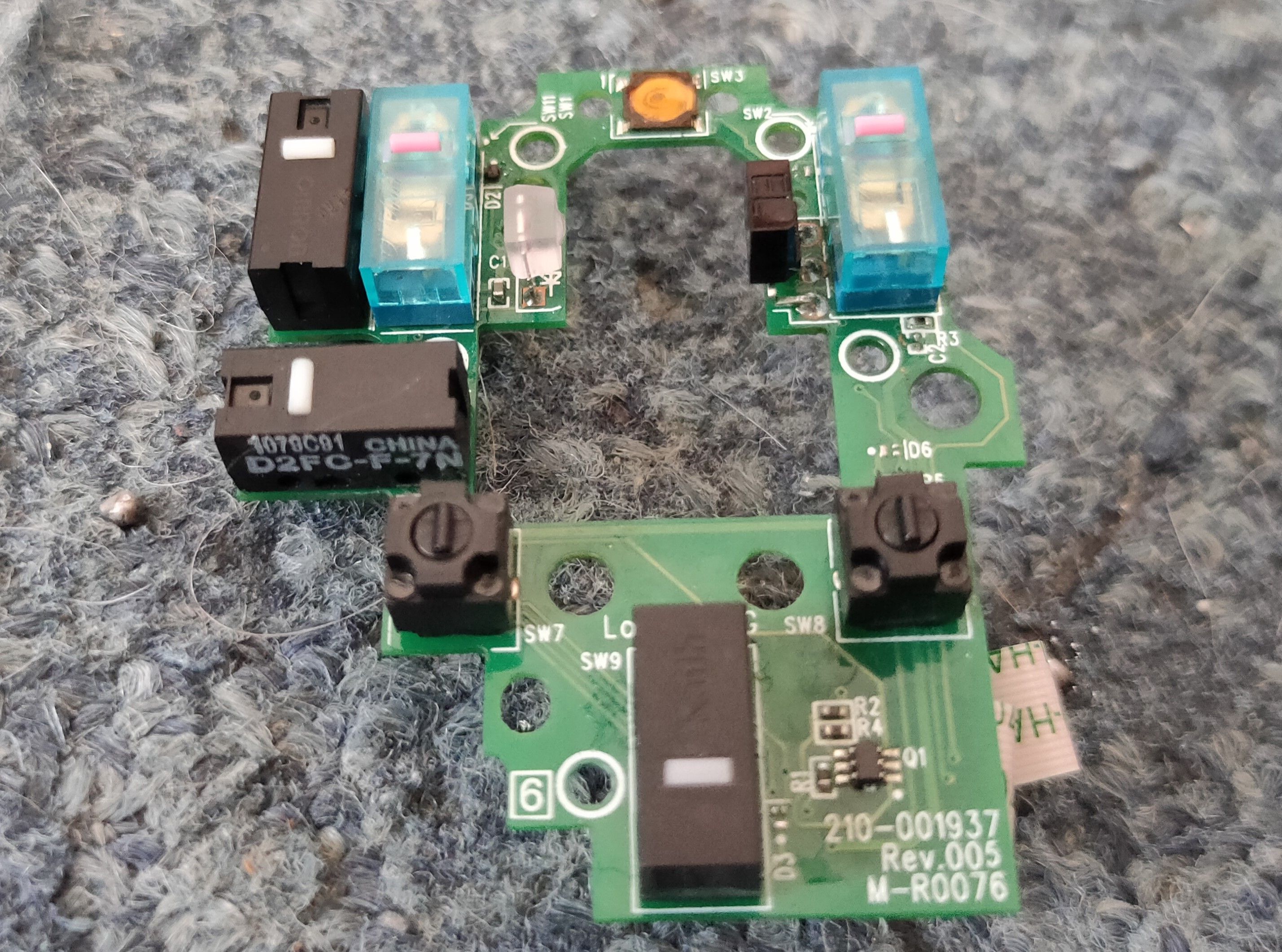Key Takeaways
- Invest in quality tools, such as a screwdriver set with various bits, to prevent damaging your electronics during repairs.
- Start by cleaning your devices like PCs and controllers to maintain functionality and hygiene before moving onto more complex repairs.
- Simple repairs you can tackle next include fixing stick drift on controllers, reseating PC RAM, and upgrading mouse switches, with online guides and communities to help.
If you always wanted to do minor repairs and maintenance on your electronic devices but didn’t know where to start, you’ve come to the right place. I’ll walk you through everything you need before you can start tinkering away at your tech gadgets.
Having the right tools for a project is an absolute necessity. While there are a bunch of purpose-built tools for electronics, you don’t really need all that much to get started. The most important is a good screwdriver set that comes with Philips, flathead, and Torx bits.
I strongly recommend buying high-quality tools; you only have to buy them once, anyway. Take it from me, I once couldn’t remove a Torx screw on my laptop because my cheap Torx key stripped it, and when I tried to force it with a screwdriver, I ended up with a broken screen. Prevent this from happening by buying some quality tools.
iFixit is a good brand that sells a great beginner’s Essential Electronics Toolkit. It comes with a screwdriver, 16 commonly used precision bits, tweezers, a suction cup, and a few spudgers that you can wedge in where two plastic parts meet to take them apart. You can also step up to the Manta Driver Kit, which has 112 precision bits, a quality case, and a magnetic lid that doubles as a screw organizer, something I also recommend purchasing, as you’ll have to work with lots of tiny screws.
A few other items you should get are isopropyl alcohol and canned air for cleaning stuff, an anti-static wrist strap to prevent static buildup that can damage your electronics, and a basic soldering iron kit for slightly more involved repairs. Basic soldering is surprisingly easy, so don’t skip it!
There are a bunch of other tools and materials you might need, depending on the type of projects you’ll work on. For instance, silicone spray is a decent lubricant for joysticks, and thermal paste is almost a necessity if you’re doing any PC or laptop repairs. You’ll also need cotton swabs, toothpicks, a cordless impact wrench (just kidding), and some other things lying around the house, but I assume you have those already.
As Your First Project, Do Some Cleaning
Electronic devices can benefit from frequent spring-cleaning. For instance, you should dust your PC at least twice a year to maximize cooling efficiency and prevent further dust buildup. A gunked-up controller with sticky thumbsticks also deserves more than just a quick once-over with alcohol wipes.
Cleaning peripherals is equal parts hygiene and functionality. For instance, my mouse and mechanical keyboard start acting up as they get filled with cat hair and debris, which is a sign that I should tear the stuff apart to give it a thorough cleaning.
Whatever device you plan to tear apart and clean, unplug it first and put on your anti-static wrist strap. Next, look for a visual guide on how to take the item apart. iFixit has a bunch of helpful tear downs, though you might find following steps on YouTube easier.
Always watch or read any instructions all the way at least once before you start. If you know the entire process beforehand, you won’t be surprised, and you can anticipate issues before you’re in a tough position.
Let’s use a desktop computer as an example, as it probably needs good dusting and, if you’re feeling brave, fresh thermal paste.
First, you need to turn off the PC and switch off the power supply.
Do this by flipping the power button on the back of your computer, if it has an on/off button. Next, unplug all cables from the back. Take the PC to your garage or patio to avoid getting dust all over your room.
You need to remove the left side panel, which is just two or three thumb screws on the back left side on most cases. Consult your manual if it isn’t. Some weird cases may have special ways to open them up. Then, grab a can of compressed air and blast as much dust out as possible.
Avoid touching any electronic components. When dusting your fans, hold the fan blades with your finger to avoid spinning them up, as that can produce electricity and damage your motherboard. Wear an anti-static strap if at all possible. Even with the case unplugged, you can still connect the anti-static strap to the chassis to discharge any static safely. if you don’t have a strap, keeping one hand on the chassis or touching it periodically is also acceptable.
If you want to replace the thermal paste, you’ll have to remove your CPU cooler and clean it with isopropyl alcohol and cotton swabs before applying the new paste. When you’re done, put everything back together, plug all the cables in, and switch on the power supply. Just like that, your mini-project is done! Your next task is to clean your phone’s USB-C port.
Simple Repairs You Can Tackle Next
Once you have a basic electronics kit and feel ready to tackle more involved projects, consider permanently fixing stick drift on your PS5 controller by replacing the potentiometers (or the entire analog sticks), reseating your PC’s RAM (if your PC can’t see all of your RAM), fixing laptop hinges, and practicing your soldering skills by upgrading your mouse’s left and right switches.
Whatever kind of project you wish to tackle, there’s probably a detailed guide for it somewhere online, along with a helpful community. If you’re looking for some inspiration or help with a project, consider joining subreddits for that particular gadget (or a broader electronics subreddit), forums, and Facebook and Telegram groups. Have fun tinkering!


